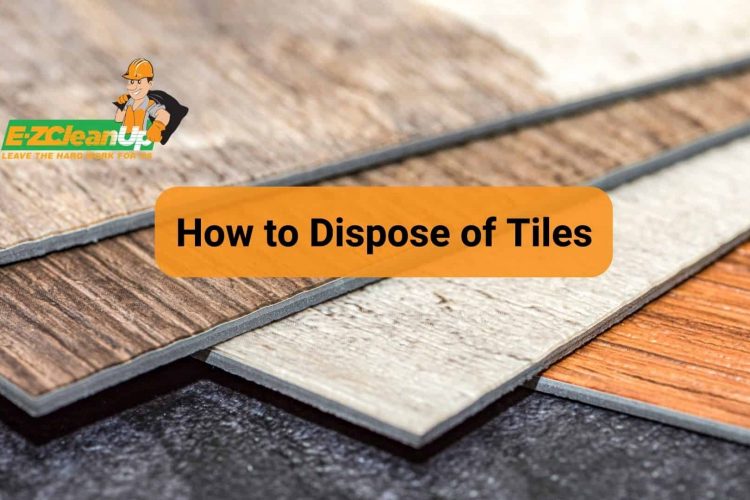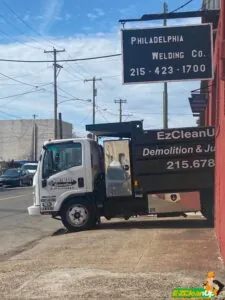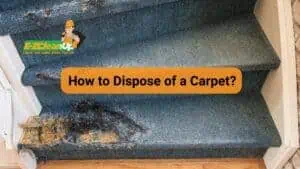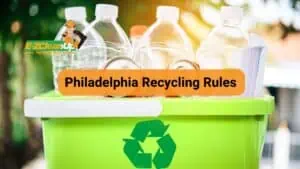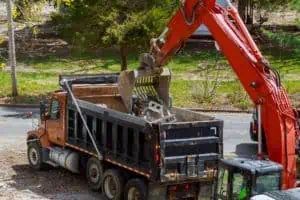To dispose of tiles, consider selling, donating, repurposing for DIY projects, recycling, or professional disposal services. Each method offers eco-friendly solutions, from turning tiles into cash to supporting community projects.
For more detailed insights into each option on how to dispose of tiles, continue reading the article.
Methods of Tile Disposal
Tiles, especially old ones, need proper disposal or recycling. Let’s look at the options.

1. Selling Old Tiles
Unwanted tiles can turn into extra cash. Online classifieds, including Craigslist and Facebook Marketplace, are popular choices. They’re straightforward, accessible, and have a broad reach. List your tiles here, especially if they’re in decent shape and you think DIY enthusiasts or remodelers might find them useful.
Platforms for Selling
If you’re looking to sell beyond local classifieds, consider sites like eBay and Amazon. They’re great for quick sales due to their high traffic, although fees can be higher. eBay, for instance, charges a final sale fee that includes a percentage of the shipping cost plus a fixed fee per item sold.
For something more niche, Chairish is an excellent platform for unique or designer tiles. It’s tailored for higher-value homeware and attracts buyers looking for special items. Remember, there’s a minimum listing price and a commission fee on sales, but it’s worth it for the right tiles.
Pricing and Presentation Tips
When pricing your tiles, be realistic. Research similar items to get an idea of their market value. If you’re unsure, start a bit higher and be open to negotiation. Presentation matters too. Take clear, well-lit photos and provide detailed descriptions, including the condition, dimensions, and any unique features.
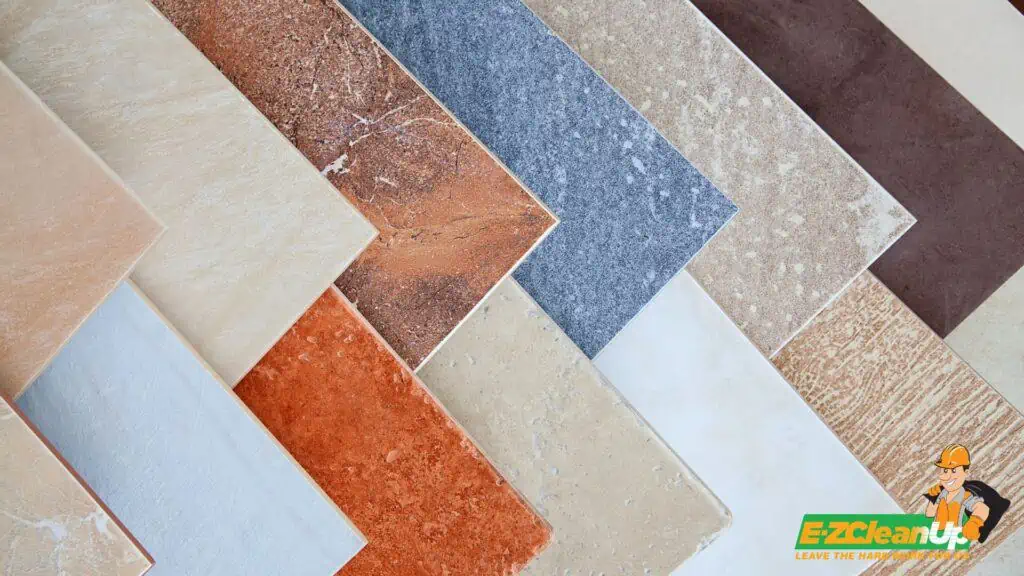
2. Donating Tiles
Donating tiles can be an effective way to repurpose them while supporting community projects.
Suitable Donation Centers
Habitat for Humanity ReStores are prime spots for donating building materials, including tiles. They accept a wide range of new and gently used home building materials, and your donation could help fund their affordable housing projects. It’s advisable to check with your local ReStore to confirm if they accept tiles and to understand their donation process, which may include free pickup for large items.
Benefits of Donating
Donating tiles serves a dual purpose: it helps prevent waste by keeping these materials out of landfills and supports community projects. Sales from donated items directly contribute to building affordable housing, thereby making a significant positive impact on communities. Furthermore, donating is an eco-friendly option which promotes recycling and reuse of materials
3. Repurposing Tiles in DIY Projects
Tiles offer a versatile material for a variety of DIY projects. For instance, hexagon tiles can be transformed into a stylish jewelry hanger, so you’ll have a unique way to organize accessories in your bedroom. Alternatively, leftover marble tiles can be crafted into elegant jewelry like necklaces, adding a touch of class to your DIY endeavors.
Another practical and decorative use is creating a craft room desk. You can utilize old flooring tiles for the desk top to give it a distinct and personalized look. For outdoor enthusiasts, consider turning tiles into a fun backyard bowling alley, a project that is both easy to make and enjoyable for all ages.
Other Unique DIY Projects
Coasters and placemats are other popular options. Simple yet elegant, they can be made from various tile types and painted or left as is for a rustic look. These can be a great addition to your dining table or a thoughtful handmade gift.
If you’re interested in gardening, consider adorning plant pots with broken tile pieces. This mosaic approach can give an artistic flair to your garden or balcony space. Smashing tiles for this project can be therapeutic, but remember to prioritize safety.
Safety and Tools Required
When handling DIY projects with tiles, always wear protective gloves and safety glasses, especially when cutting or breaking tiles. Tools commonly required include tile cutters, adhesives suitable for ceramics (like tile glue or epoxy), grout for filling, and a paintbrush if you’re planning to paint the tiles.
For cutting tiles into specific shapes, a wet saw might be necessary, although this depends on the project’s complexity. It’s also important to have a clean, flat surface to work on and rags or sponges for cleaning up excess adhesive or grout.
4. Recycling Options
Recycling tiles can be a bit tricky, as not all recycling plants accept them. However, there are places where you can take your old tiles. Local disposal facilities often accept construction debris, including tiles, usually for a fee. Check online for “waste management center near me” or contact your city’s public works department to find a facility near you.
Additionally, some recycling centers specialize in recycling ceramic and porcelain tiles, and you might even earn some money if the tiles are still usable. To locate these centers, search online directories like Earth911.com or inquire with local waste management departments.
Preparation for Recycling
Before recycling, it’s important to prepare your tiles. If the tiles are still intact and in good condition, they can be directly taken to recycling centers or offered to local art studios, schools, or designers.
For broken tiles, consider repurposing them into creative projects like mosaics before thinking of recycling. Broken tiles are often accepted by recycling centers, but ensure to handle them safely to avoid injuries.
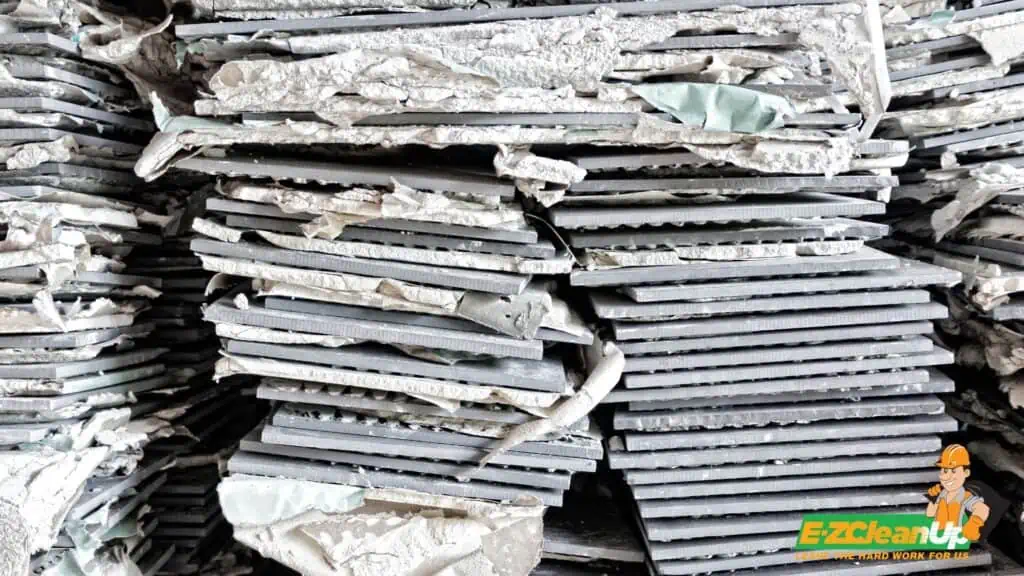
5. Professional Disposal Services
For those who prefer a hands-off approach, hiring junk removal services, like us at EZ CleanUp, is ideal. We’re equipped to handle all types of construction and demolition debris, including tiles. Our team will arrive at your location, assess the amount of debris, and efficiently remove it for you.
This option is perfect for those who want a quick and hassle-free solution. Remember, hiring professionals like us not only saves time but also ensures that the debris is disposed of responsibly.
Renting Dumpsters for Large Quantities
For larger projects, renting a dumpster, a service we also offer at EZ CleanUp, is a convenient choice. We offer various sizes to suit your project’s needs. The process is straightforward: choose the size that fits your requirements, and we’ll deliver the dumpster to your site.
Once you’ve filled it with tiles and other debris, we’ll haul it away. This option is great for projects with a significant amount of waste. It will provide you with the flexibility to dispose of materials at your own pace.
6. Community and Family Involvement
Tiles can find new life and purpose through community and family involvement. By sharing and collaborating, tiles can contribute to sustainable practices and creative projects.
Sharing with Friends and Family
Before discarding old tiles, consider offering them to friends and family. They might be useful for small home improvement projects, art, or DIY crafts. It’s an opportunity to give your unwanted tiles a second chance while helping someone else with their projects.
Community Projects Utilization
Community recycling projects offer a great avenue for repurposing tiles. Many communities engage in innovative recycling activities that incorporate reused materials into food production systems, construction projects, and art installations. For instance, tiles can be used in community gardens for decorative edgings or in greenhouses.
Community construction projects often use recycled materials for new structures like homes, food hubs, or recreational buildings. Old tiles can contribute to these projects. Community spaces, such as local halls or schools, can also benefit from donated tiles for their refurbishing or decor needs.
Recycled art installations in community spaces are another fantastic way to utilize old tiles. These projects beautify the neighborhood while fostering a sense of community and environmental responsibility. From mosaic art to garden sculptures, the possibilities for creative expression with tiles are vast.
Special Considerations in Tile Disposal
When dealing with broken tiles, safety is a key concern. Broken tiles can be sharp and pose a risk of injury. It’s crucial to handle them carefully, wearing protective gear like gloves and goggles. Before disposal, broken tiles should be placed in a sturdy container to prevent them from causing harm during transportation.
These containers could be heavy-duty plastic sheets or boxes. The method of disposal varies based on local regulations, but in many cases, broken tiles are treated as construction waste and can be taken to a local landfill or recycling center. Always check with your local waste management service for specific guidelines.
Transport and Logistics for Tile Disposal
Transporting tiles for disposal requires proper planning due to their weight and potential for breakage. If you’re disposing of a large quantity of tiles, consider hiring a garbage bin rental company. These companies provide bins for curbside pick-up. This will make the transportation of heavy tiles easier and more efficient. When transporting tiles, it’s important to notify the disposal service that you’re handling construction debris so they can process it appropriately.
Legal and Safety Guidelines
Different types of tiles, such as ceramic, porcelain, or glass, may have specific disposal requirements. For instance, glass tiles are considered hazardous due to their potential for breakage and sharp edges and may need special handling.
It’s advisable to contact local authorities or waste management services to understand the regulations in your area. Moreover, ensure that the tiles are cleaned and free from adhesive or grout before disposal, as this aids in the recycling process.
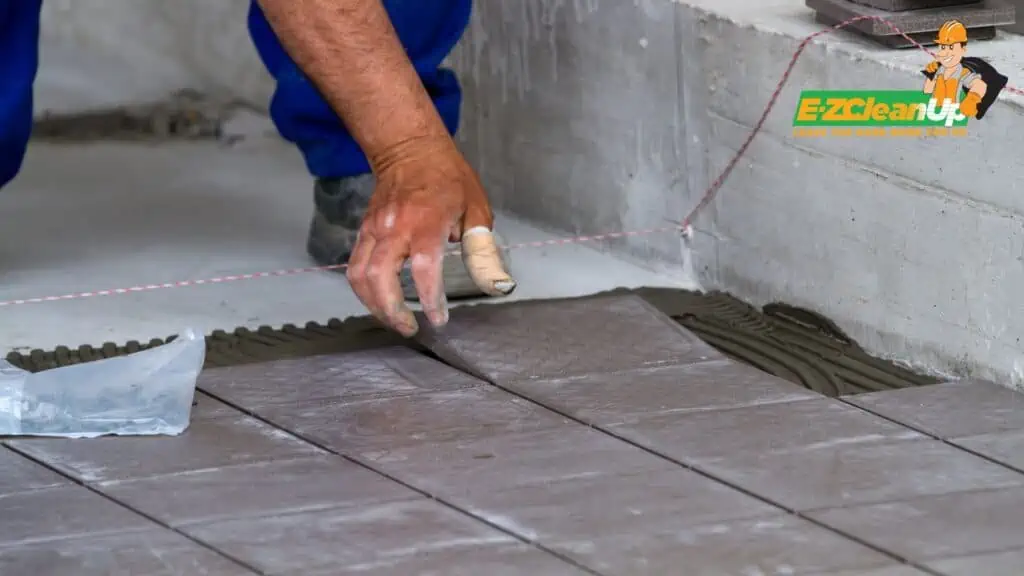
Comparing Costs of Different Disposal Methods
The cost of tile disposal varies depending on the method chosen. DIY tile removal is the most cost-effective option, generally costing less than $1.00 per square foot. This includes the purchase or rental of necessary tools and the cost of disposing of the tile and debris.
Necessary tools for DIY removal may include hammers, chisels, floor scraping tools, and safety equipment such as gloves, goggles, and dust masks. The total cost and time required for DIY removal can be significant, especially for larger projects.
Professional tile removal, on the other hand, is more costly but less labor-intensive. It typically ranges from $2.50 to $7.00 per square foot. Factors affecting this cost include the size of the space, the type of tile, and the labor involved. Professionals are equipped to manage dust and debris, minimize damage to the subfloor and walls, and handle any unexpected issues like water damage.
Evaluating Time and Effort for Each Method
Time and effort are crucial factors to consider when choosing a tile disposal method. DIY tile removal is labor-intensive and time-consuming. Removing 100 square feet of tile can take anywhere from eight to twelve hours, not including cleanup and disposal. It requires physical labor and attention to safety, including the use of appropriate protective gear to prevent inhalation of dust particles or injury.
Professional tile removal is faster and involves less effort from the homeowner. While the time taken can vary based on the size of the area and the complexity of the job, professionals can complete most tile removal jobs in a fraction of the time it would take for a DIY project. This option is ideal for those who prefer a hassle-free process or have large areas to clear.
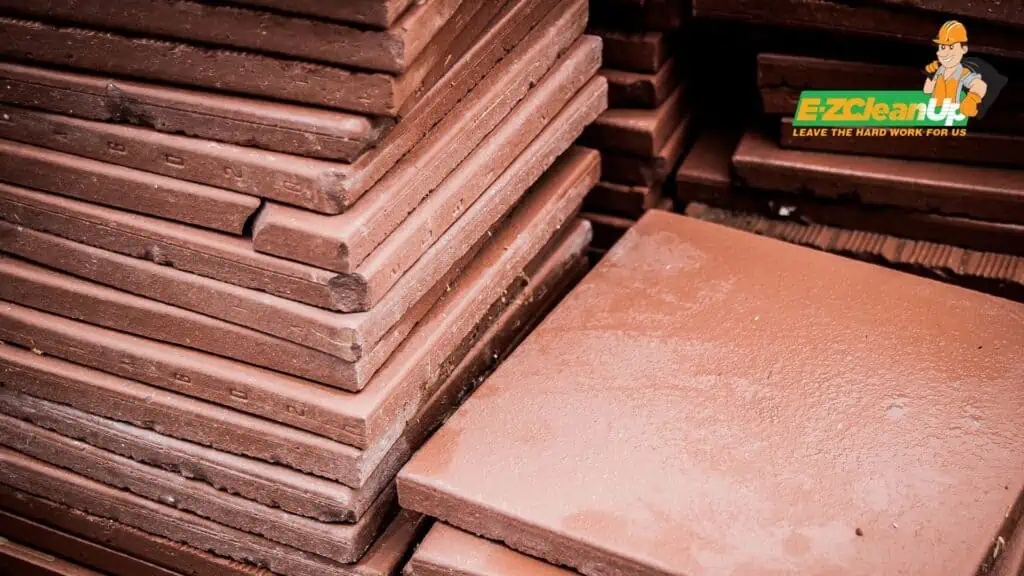
Environmental Impact of Tile Disposal
The ceramics industry is increasingly focusing on sustainability, exploring ways to minimize the use of virgin raw materials in tile production. There’s a growing trend to incorporate recycled and waste materials in the manufacturing process, along with efforts to reduce firing temperatures and use alternative technologies to traditional natural gas kilns.
These methods are not only environmentally beneficial but also economically viable. They offer cost savings through reduced raw materials and energy consumption.
Impact on Landfills and Recycling
Tile disposal can significantly impact landfills due to the slow degradation rate of ceramic materials. Disposing of tiles in landfills can lead to long-term environmental pollution. Recycling is a preferable alternative, as it reduces the need for new raw materials and lessens the environmental footprint.
The industry is also exploring innovative recycling techniques, such as using ceramic waste in new product formulations or for other applications, to mitigate the environmental impact. This approach aligns with the broader movement towards a circular economy in the ceramics industry.
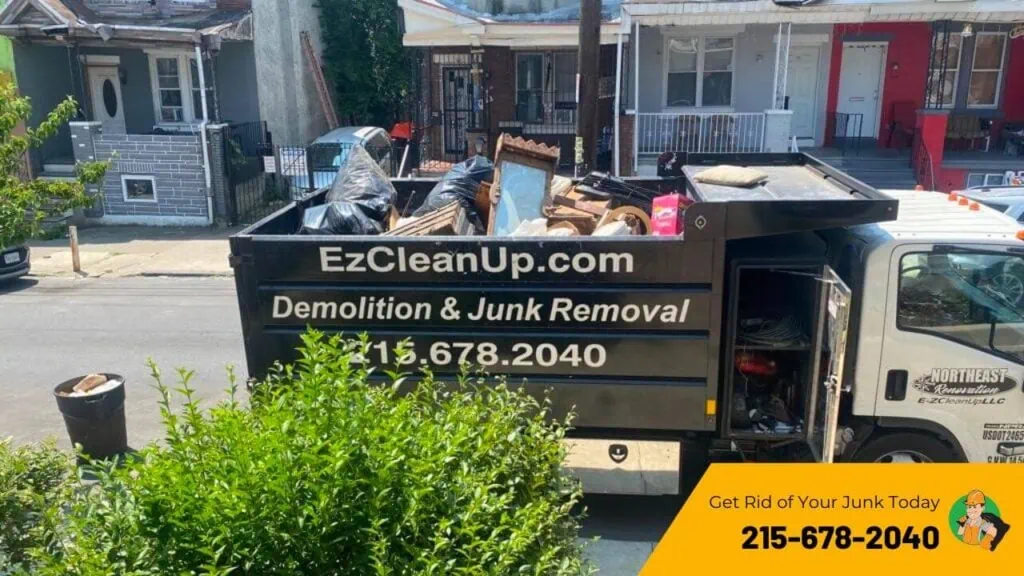
Need Help Disposing of Tiles? EZ CleanUp is Here
Disposing of old tiles the right way matters. Choosing eco-friendly ways to dispose of old tiles benefits the environment while contributing to a sustainable future.
For an easy and responsible solution, turn to EZ CleanUp. We handle tile disposal efficiently while following environment-friendly practices. If you’re in Philadelphia and need help with junk removal, including tiles, call us for a stress-free service. Let’s keep it simple and green.

